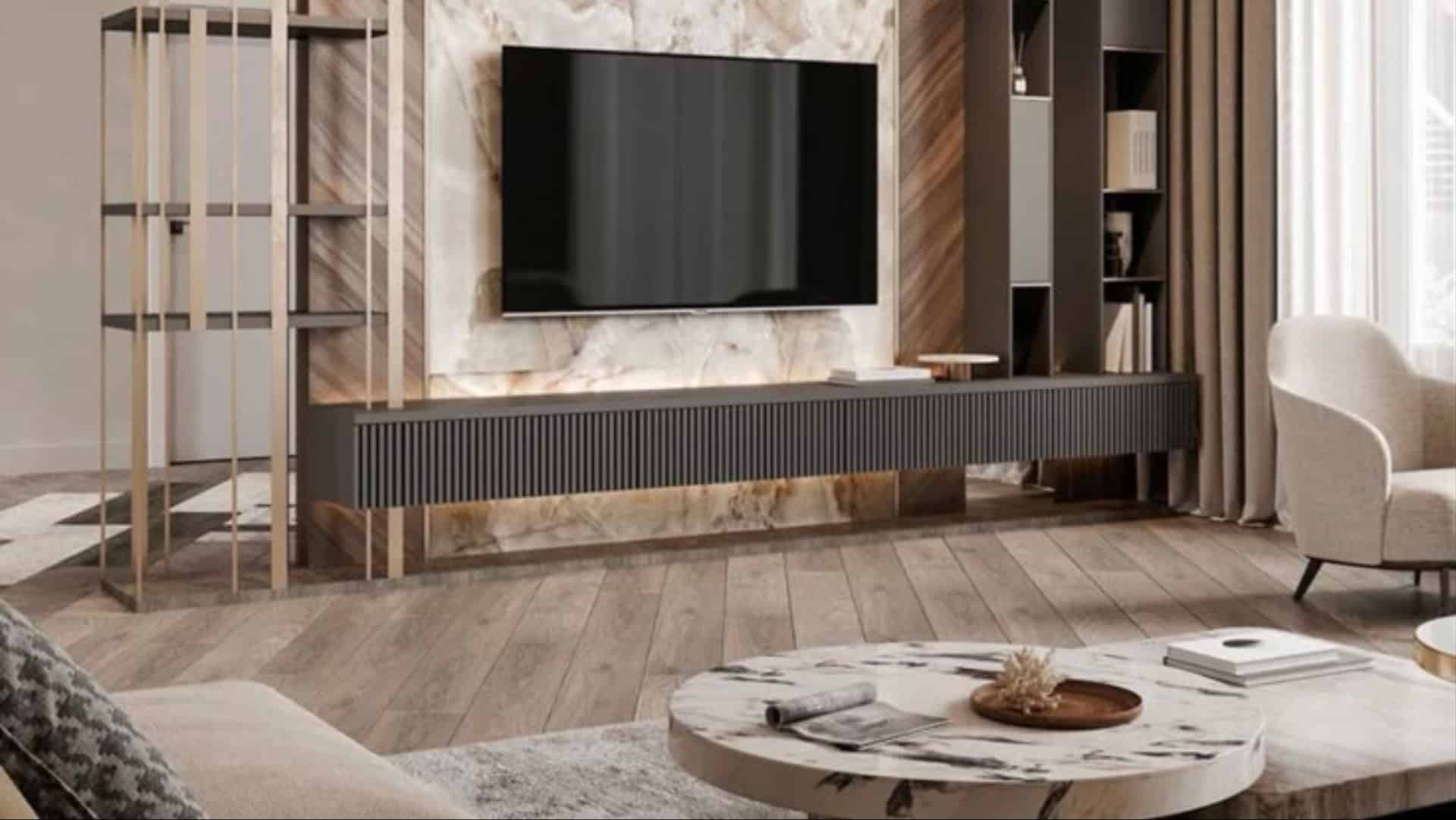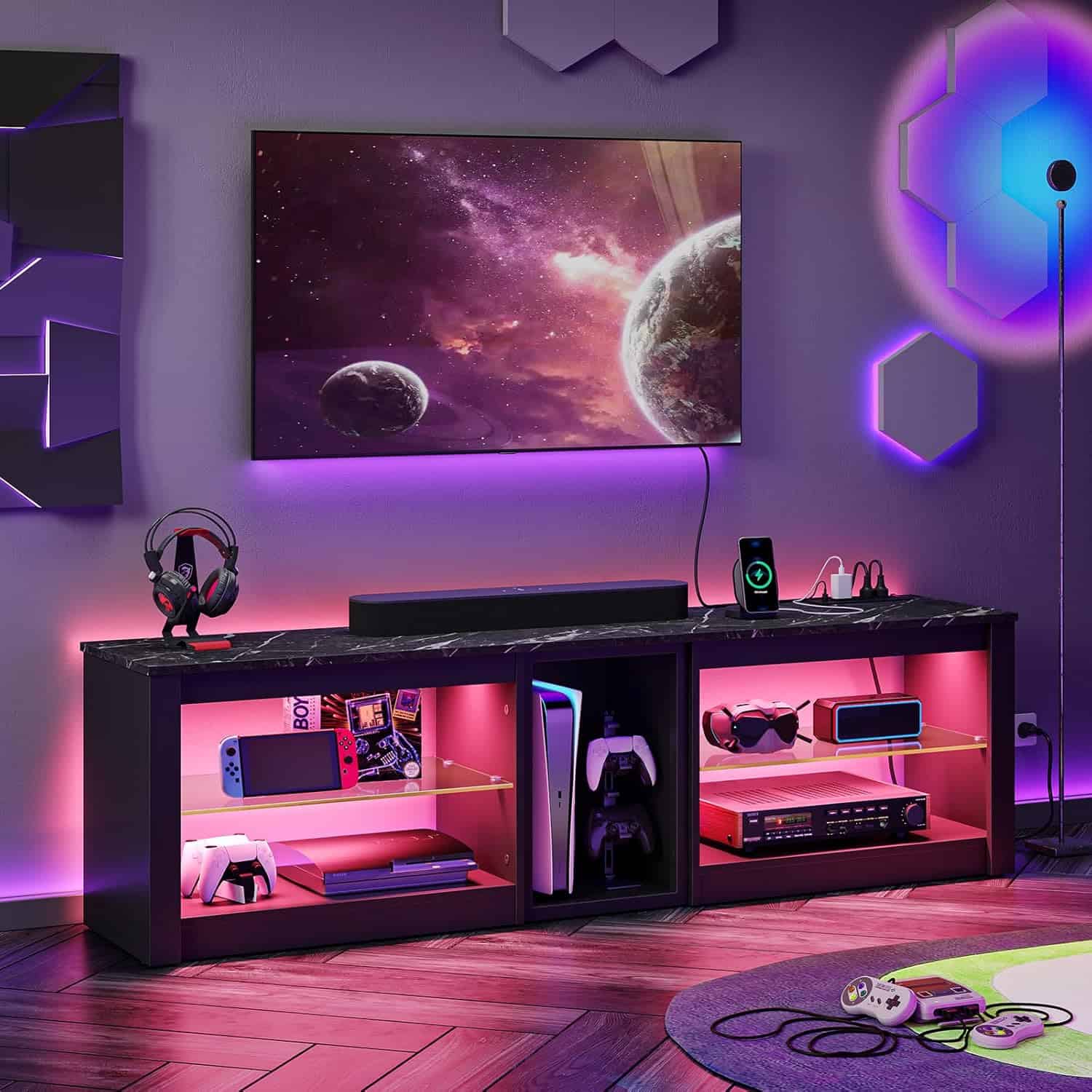Television can significantly influence the ambiance of your living room, often dictating furniture placement and color schemes.
While it offers entertainment, it can also clash with certain design styles, disrupting the intended atmosphere of the space.
Here, we explore ways TV affects your living room’s vibe, design styles that work best or worst with TVs, and tips to minimize its impact.
1. TV’s Dominant Presence
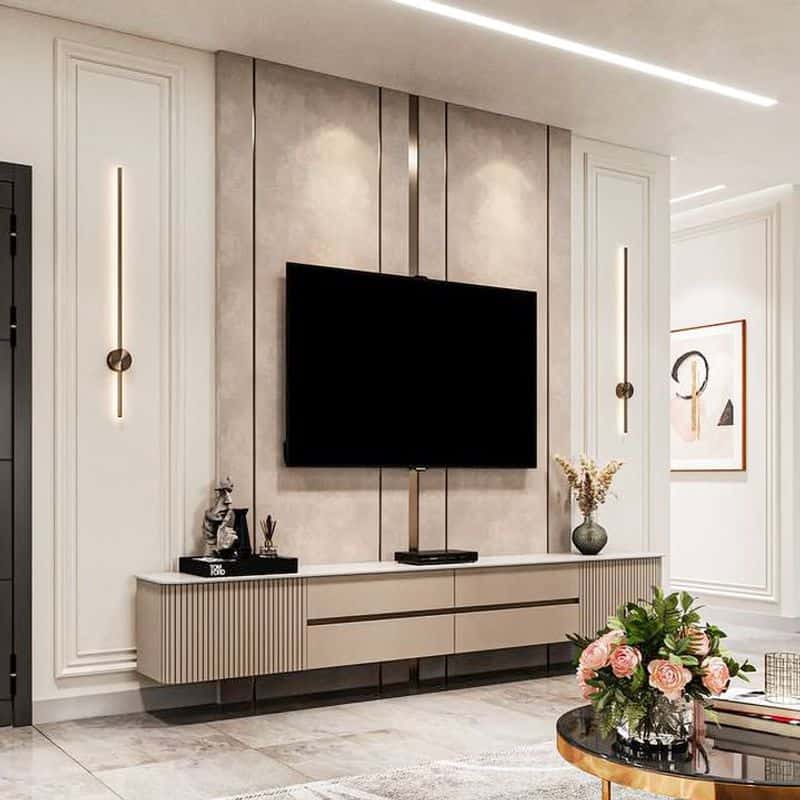
The TV often becomes the focal point of the living room, overpowering other decor elements.
This dominance can lead to a less cohesive design, with everything oriented towards the screen.
To soften its impact, integrate the TV into a gallery wall or behind sliding panels.
This allows the room to retain its style without the TV overpowering the ambiance.
2. Clashing with Minimalism
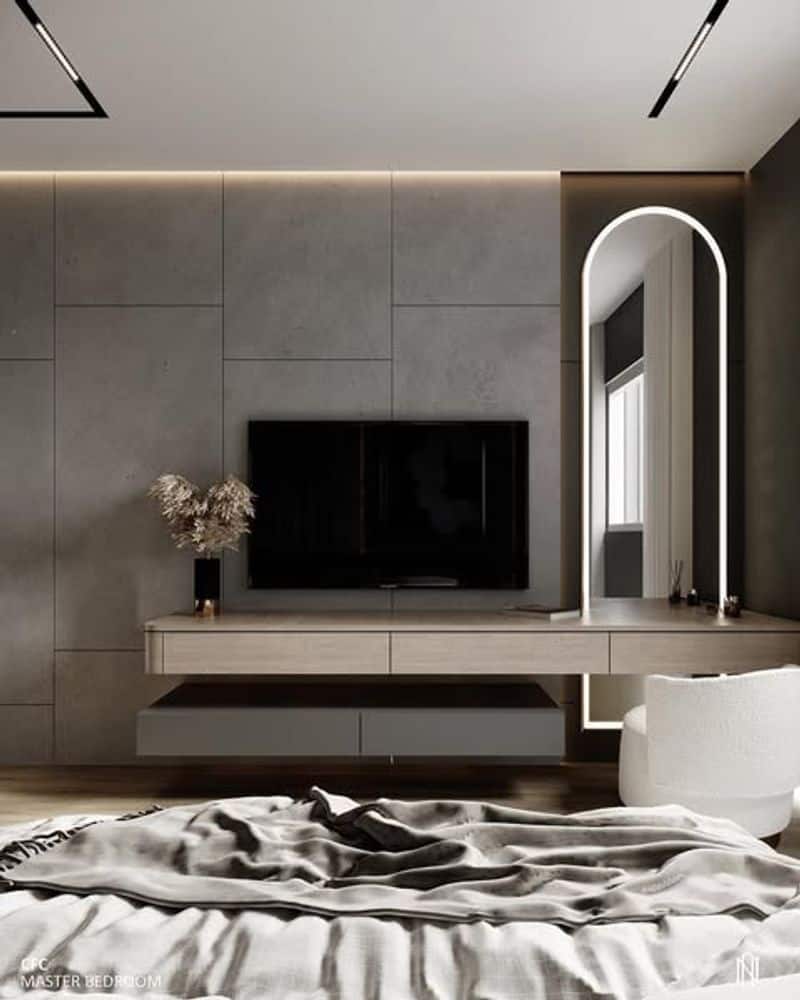
In a minimalist living room, a TV can seem out of place, introducing visual clutter to an otherwise serene setting.
The large, black screen often contrasts sharply with the simplicity of minimalism.
Consider hiding the TV in a cabinet or using a projector instead, which can be less intrusive. This helps maintain the clean lines and tranquility inherent in minimalist spaces.
3. Impact on Feng Shui
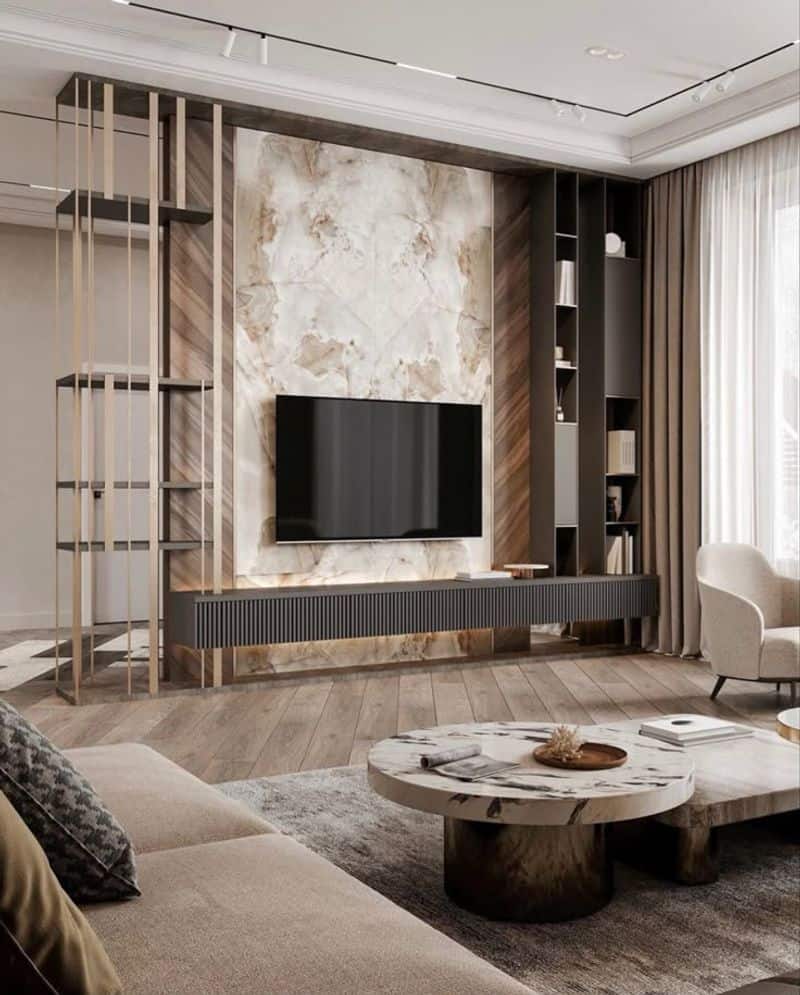
Feng Shui emphasizes balance and harmony, which can be disrupted by a TV’s electronics and presence.
The TV’s energy might not align with the calming flow desired in Feng Shui.
Position the TV with careful consideration of energy flow, and perhaps use plant elements around it to counteract its impact, maintaining a harmonious atmosphere.
4. Traditional Style Conflicts
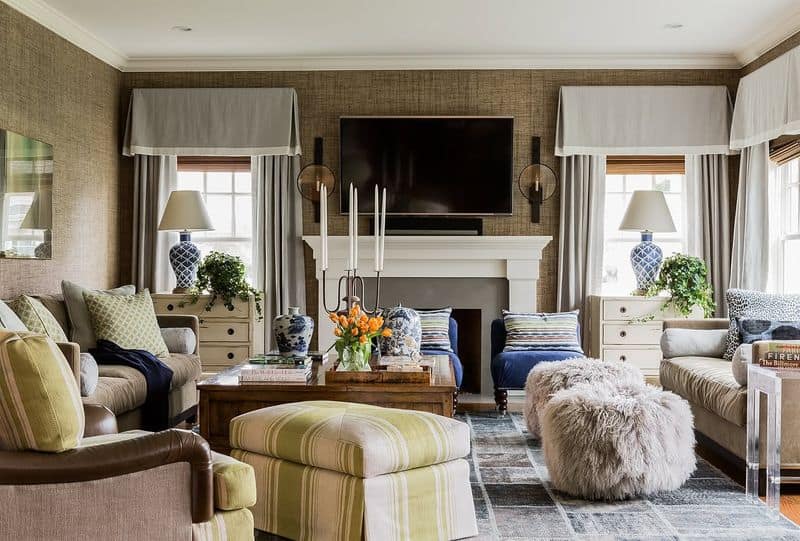
Traditional living rooms, with their rich textures and classic details, often find a modern TV jarring.
The sleekness of a TV contrasts with traditional decor elements.
One solution is to encase the TV in a frame or cabinet that echoes the room’s traditional style, allowing it to blend more seamlessly into the environment.
5. Distracting From Art
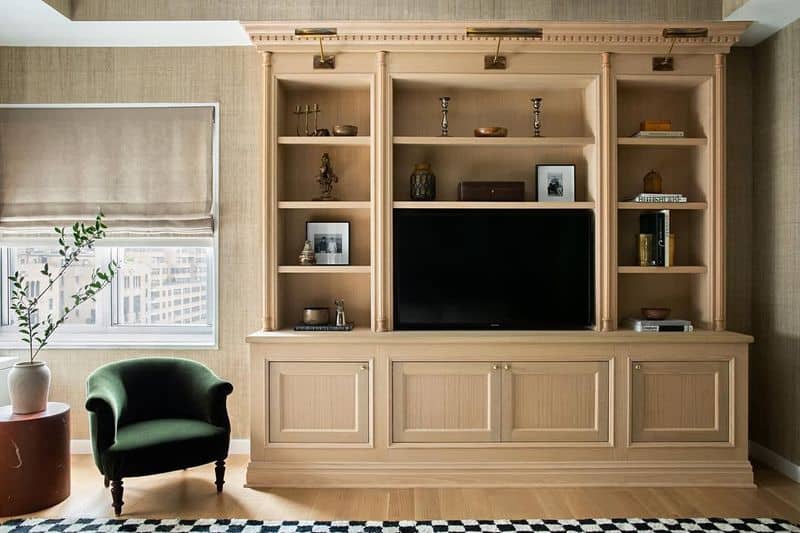
Art-focused living rooms might find the TV competing for attention, diverting focus from curated art pieces.
The TV’s presence can detract from the aesthetic value of the room.
To mitigate this, consider placing the TV within a gallery wall or selecting a smaller screen to reduce its visual impact, allowing art to remain the focal point.
6. Modern Style Synergy
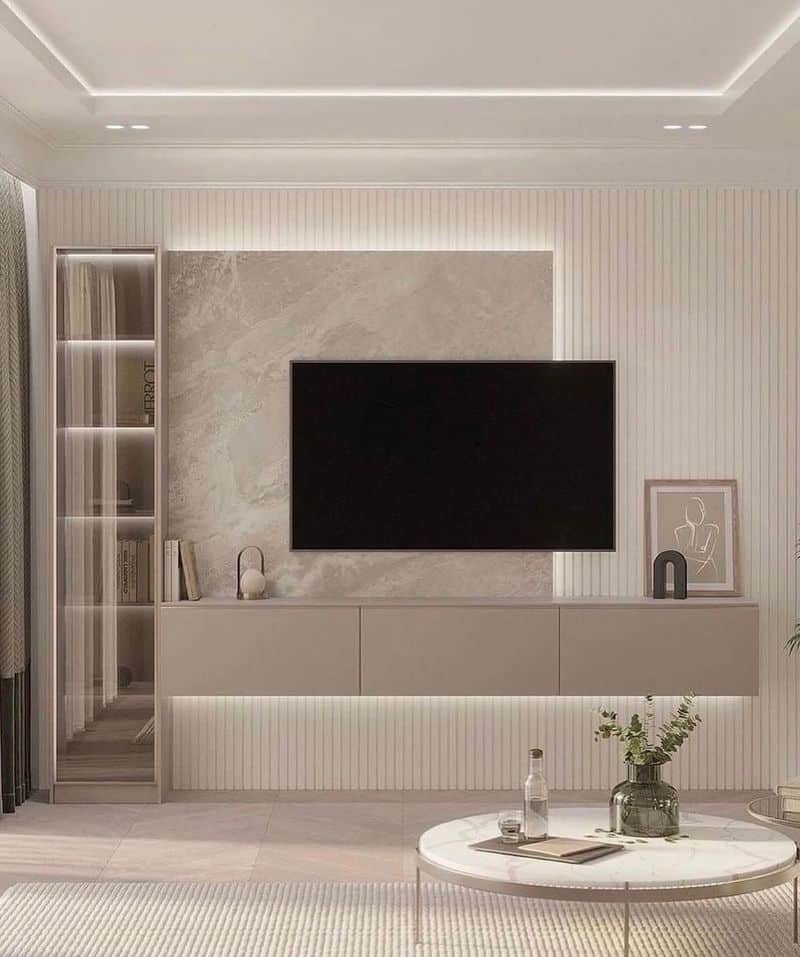
Modern design styles often embrace the presence of a TV, with sleek lines and neutral colors that complement each other.
The TV can blend seamlessly into the environment.
Opt for a wall-mounted TV or a smart TV with aesthetic features, enhancing the modern vibe without disrupting the overall design harmony.
7. The Cable Clutter
Visible cables and connections from a TV can create visual chaos, detracting from the room’s aesthetic.
This clutter can be particularly disruptive in well-organized spaces.
Invest in cable management solutions or wireless technology to reduce clutter. This simple adjustment can enhance the room’s appearance and maintain a tidy, inviting atmosphere.
8. Mid-Century Modern Compatibility
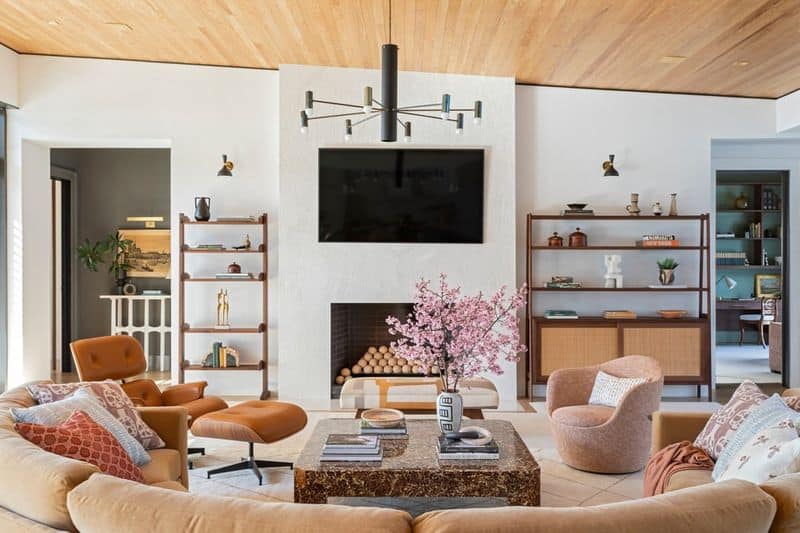
Mid-century modern living rooms can accommodate TVs well, thanks to their emphasis on functionality and simplicity.
The TV can enhance the retro aesthetic when paired well.
Choose a vintage-inspired TV stand or incorporate the TV into the design with complementary furniture, maintaining the room’s nostalgic charm without losing cohesiveness.
9. Challenging Cozy Vibes
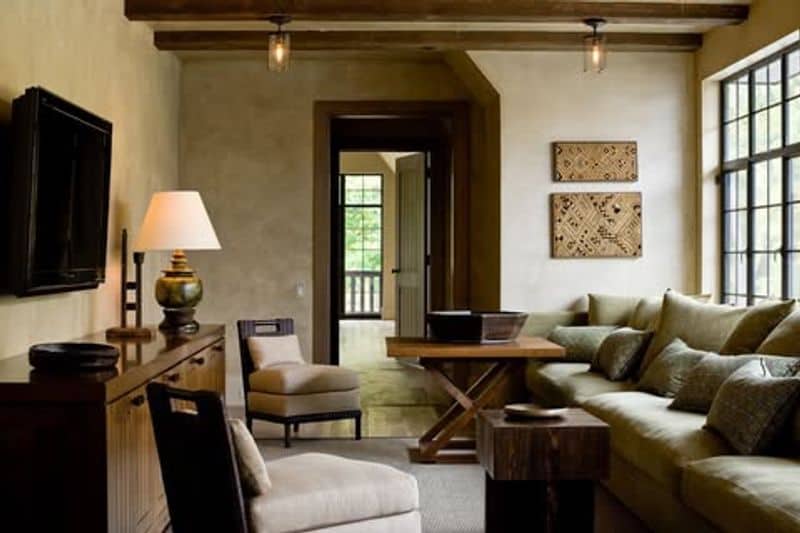
Cozy living rooms, designed for warmth and comfort, might find a TV breaking the inviting atmosphere.
The screen’s brightness and electronic presence can feel intrusive.
Dim the lights and use soft furnishings around the TV area to integrate it into the cozy environment, creating a balanced space that remains inviting.
10. Tech-Integrated Solutions
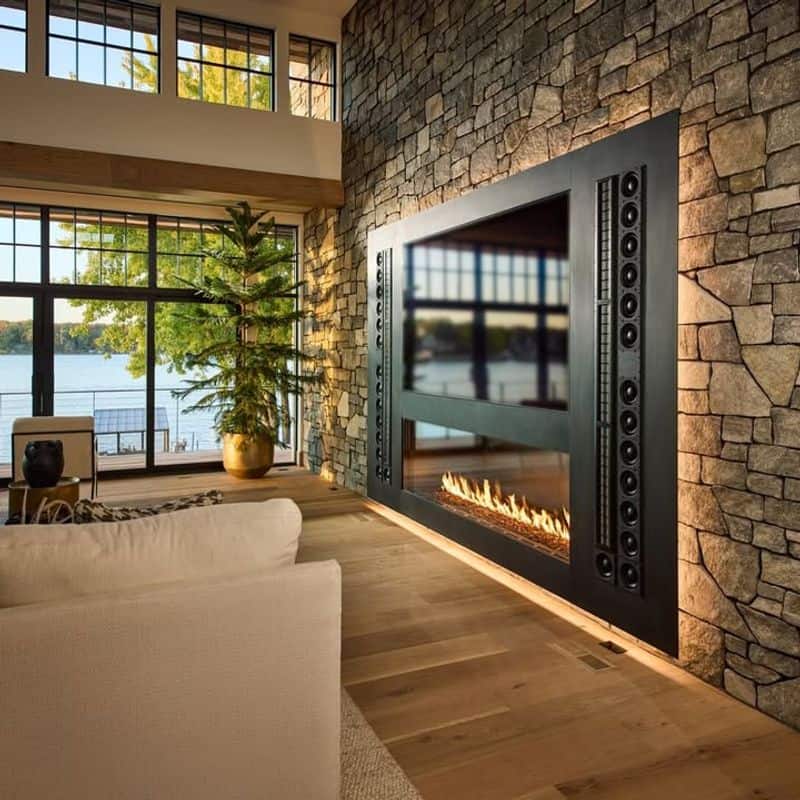
Technology integration offers a solution to TV’s intrusive presence, with innovations like hidden screens and smart home connectivity.
These can transform how the TV fits into the room.
Consider using motorized lifts or mirror TVs that blend with the decor when not in use, enhancing the room’s functionality without compromising on style.

